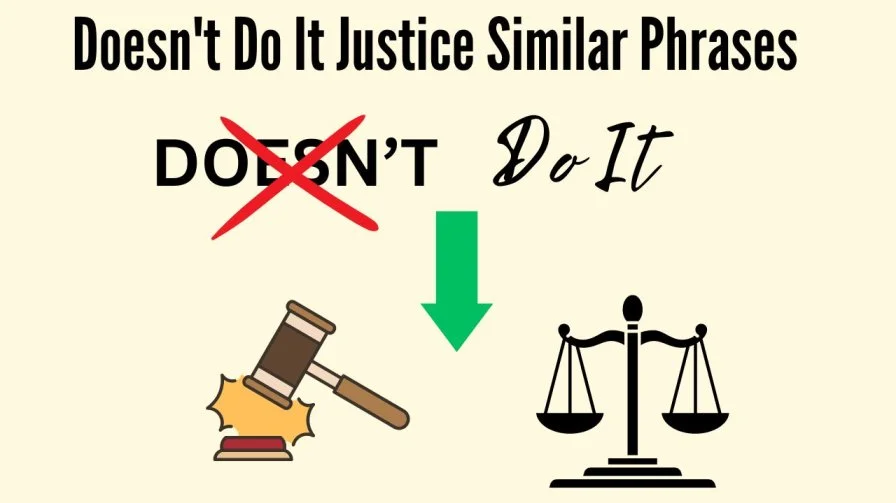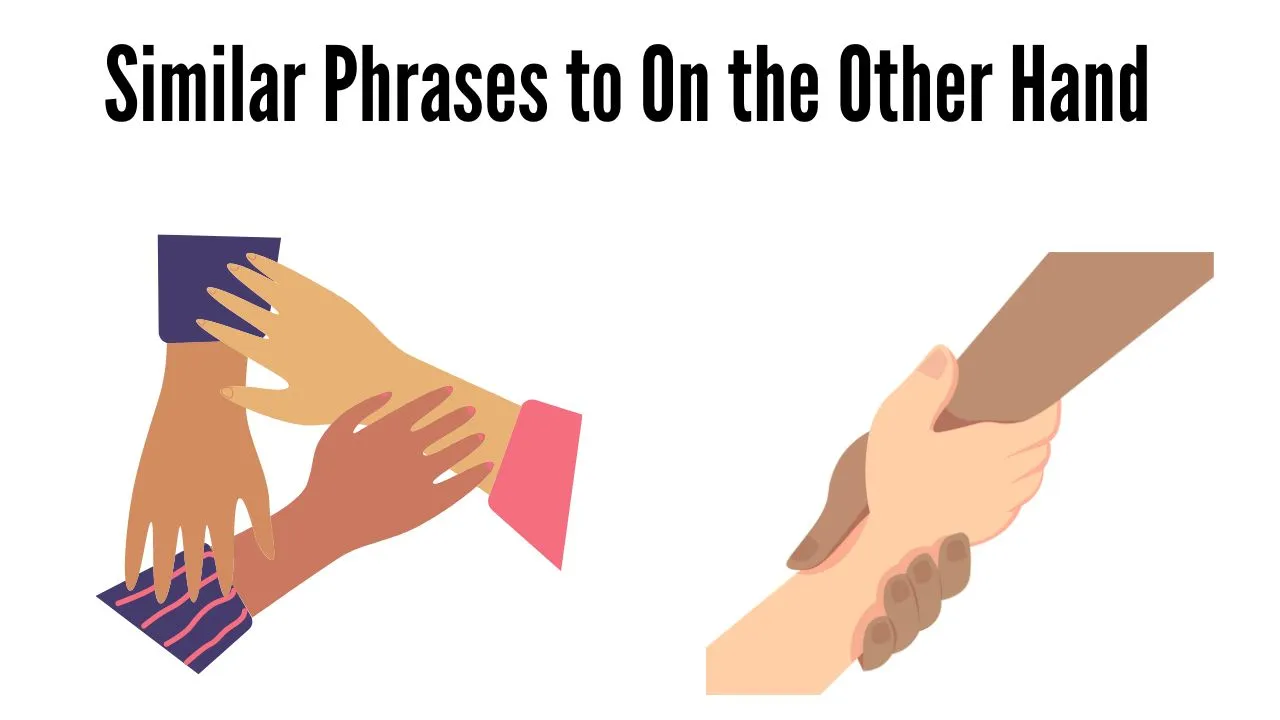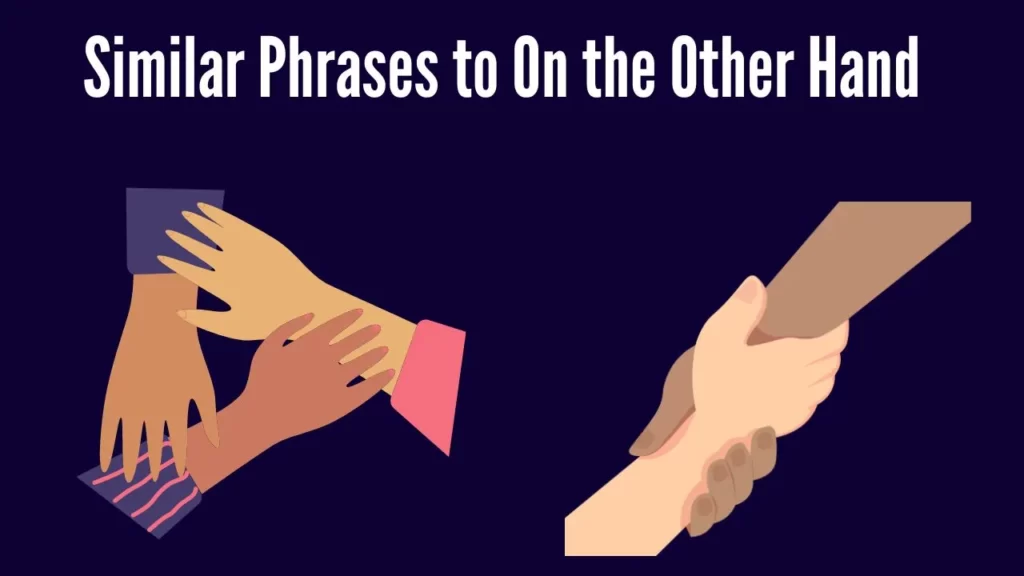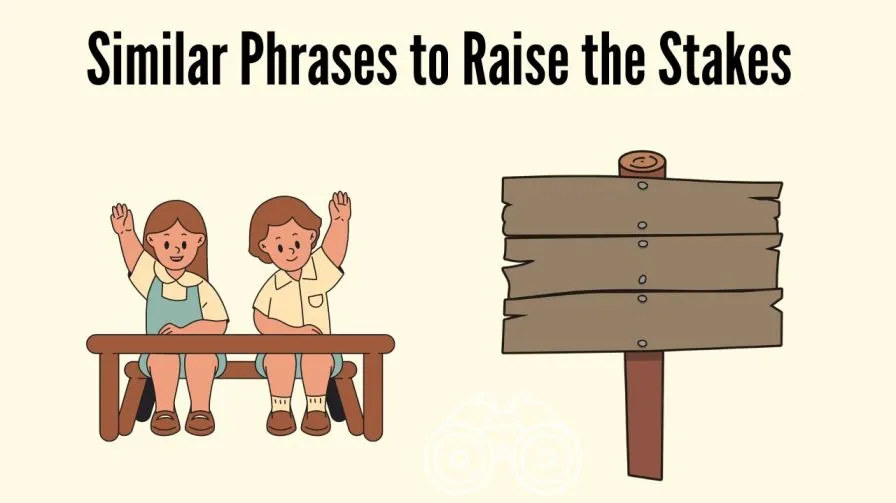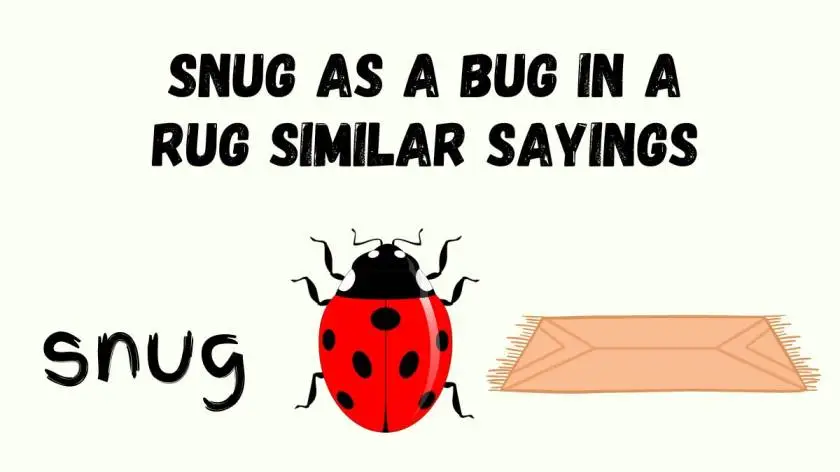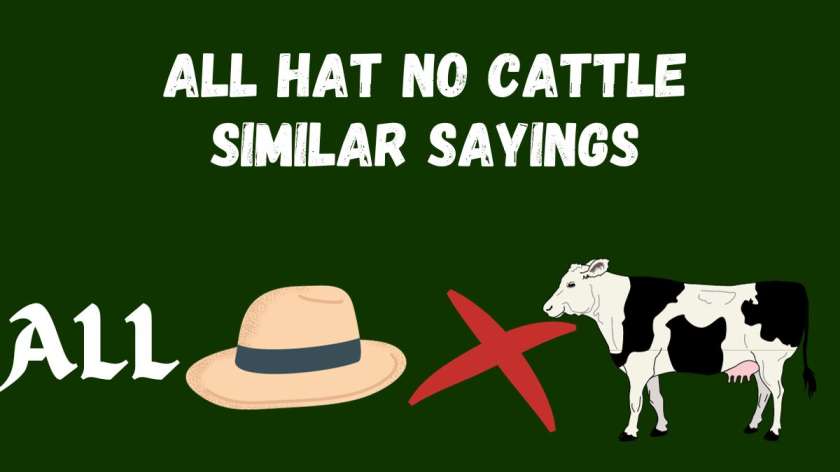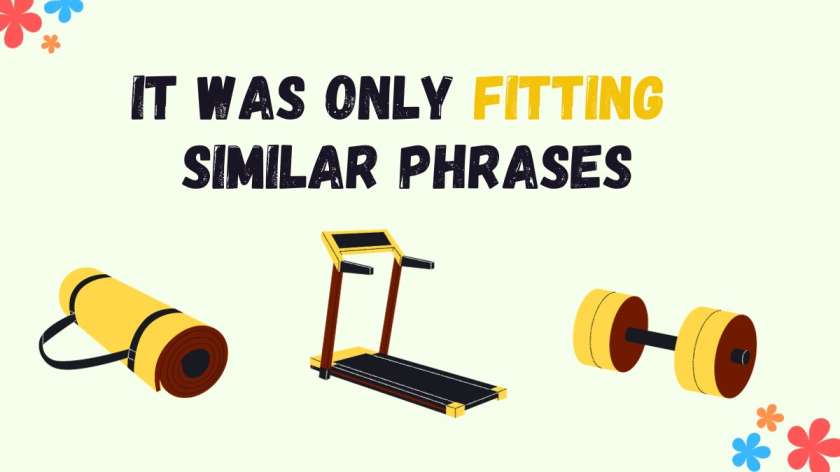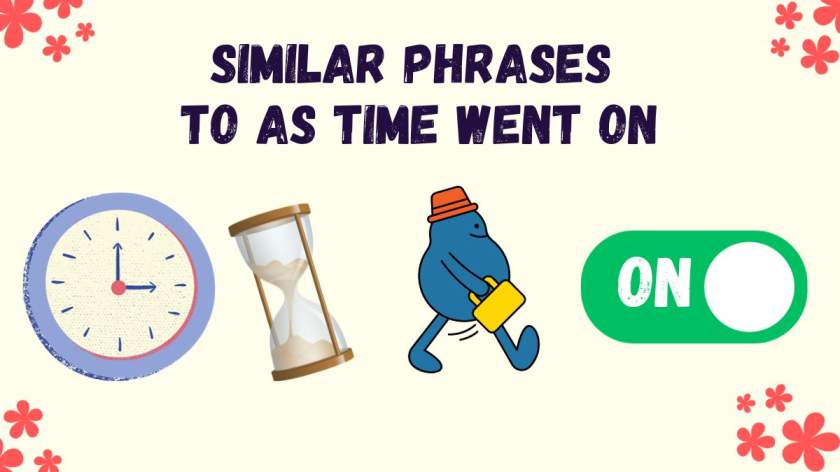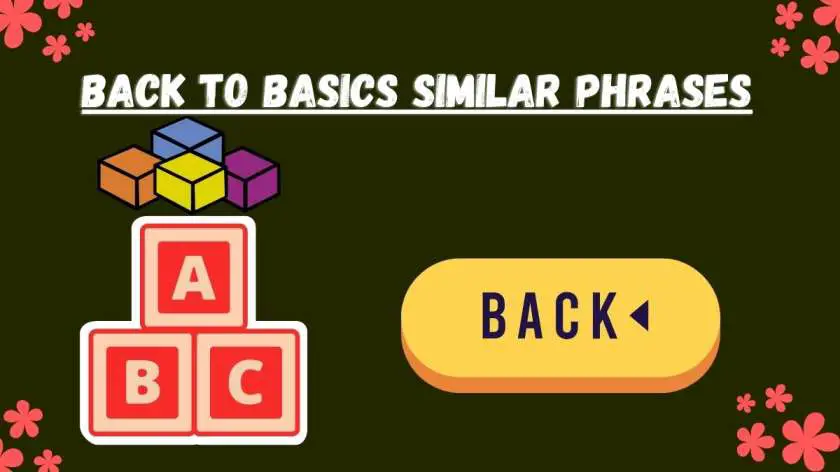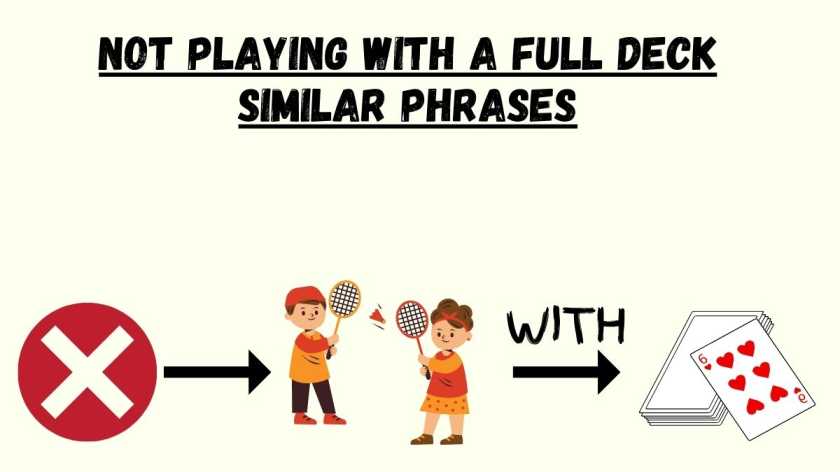Have you ever found yourself in a social setting, someone raises their glass, and you hear the familiar phrase “Another Round Similar Phrases“? Expressions such as this give our conversation more levels, and language is a fascinating part of human contact. We shall examine the deeper meanings of “Another Round” and related expressions, as well as their cultural relevance and influence on everyday speech, in this piece.
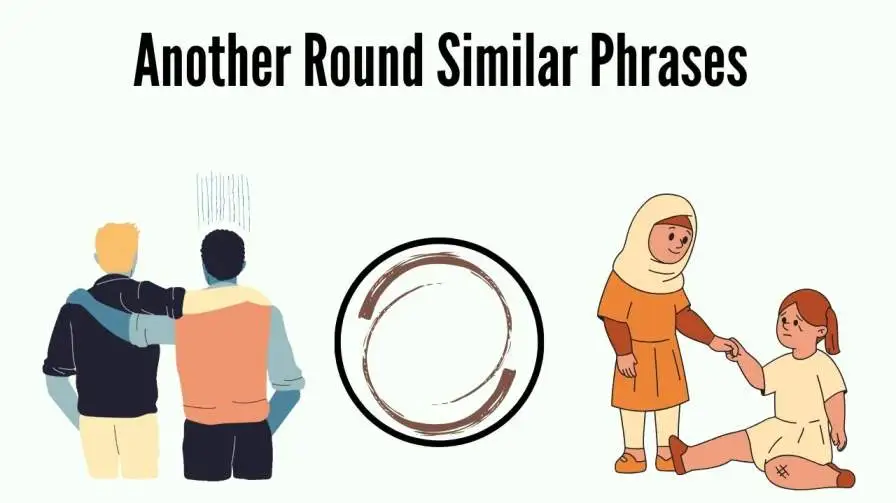
- One more drink, please: Requesting an additional beverage.
- Let’s go for another round: Suggesting a subsequent set of drinks or activities.
- Another glass, if you don’t mind: Asking for a refill or another serving.
- Shall we order a refill?: Proposing to get more of the same beverage.
- How about a second serving?: Suggesting another portion or helping.
- Let’s keep the party going with another round: Encouraging continued enjoyment, often involving drinks.
- Another round on me!: Offering to pay for the next set of drinks.
- Time for a top-up: Time to replenish or refill a drink.
- I’ll have what they’re having for the next round: Ordering the same as others for the next set of drinks.
- Cheers to another round!: A celebratory toast for the next set of drinks.
- Let’s continue the celebration with another drink: Suggesting extending a joyful occasion with more beverages.
- How about a repeat performance?: Suggesting doing something again, often in a lighthearted way.
- Round two, anyone?: Proposing a second phase or iteration, typically related to drinks.
- Let’s refresh our glasses: Inviting everyone to renew their drinks.
- Pour me another one: Asking someone to pour or serve another drink.
Alternatives of Another Round Similar Phrases
- One more for the road, please.
- How about another go?
- Let’s get a refill.
- Another set of drinks, perhaps?
- Could we have a round two?
- Time to reload our glasses.
- I’m up for a round extension.
- Let’s double up on the drinks.
- Shall we go for a second round?
- Pour us another round, please.
- I’m in for a repeat.
- Time to top off our glasses.
- What do you say to a follow-up drink?
- Let’s continue the party with more drinks.
- I’m game for another set.
- How about a round encore?
- Let’s keep the momentum with another round.
- I’ll take a rerun on the drinks.
- Care for another pour?
- Time for a sequel in drinks.
What is “Another Round”? “
Another Round” is a common expression used in social settings when someone suggests getting more drinks. Picture a lively pub scene where friends decide to extend the evening with, you guessed it, another round of drinks.
Similar Phrases and Their Meanings:
Language is dynamic, and so are its expressions. We’ll uncover synonyms for “Another Round” and dissect the subtle nuances that distinguish them. From “one more for the road” to “let’s keep the party going,” each phrase carries a unique flavor.
Cultural Significance:
Expressions like “Another Round Similar Phrases” vary in interpretation across cultures. We’ll examine how various communities accept or alter these expressions, illuminating the complex dance of language in interpersonal relationships.
Historical Roots of the Expression:
Every phrase has a story to tell. We’ll take a trip back in time to discover the history of “Another Round” and how its use has changed through time.
Why Do We Use These Words?
Our deep desire for social connection is reflected in language, as we are habitual beings. Find out the psychological meaning behind common words like “Another Round” and how they might improve communication.
Burstiness in Language:
What is burstiness, and how does it manifest in language? We’ll dissect the idea and see how phrases like “Another Round” add to the conversation’s vibrant, erratic quality.
Perplexity in Everyday Language:
Language isn’t always straightforward. Delve into the concept of perplexity and discover instances where the phrase “Another Round” might cause a momentary pause or confusion in conversation.
Navigating Conversations with Similar Phrases:
Using expressions like “Another Round” requires finesse. Discover the appropriate ways to use these idioms in conversation as well as common blunders to avoid.
Pop Culture Allusions:
Pop culture has been influenced by “Another Round” in everything from famous songs to iconic films. We’ll see instances when the phrase permeates language in a range of contexts and dominates speech.
Social Media Impact:
In the age of social media, phrases like “Another Round” find new life in hashtags and trends. Explore how these expressions shape online conversations and contribute to the digital lexicon.
Future Trends in Linguistic Expressions:
As technology advances and the world becomes more interconnected, what does the future hold for phrases like “Another Round”? We’ll speculate on the evolving landscape of linguistic expressions.
Final Short:
In the grand tapestry of language, expressions like “Another Round” add color and depth to our interactions. By understanding their meanings, cultural nuances, and impact, we enrich our ability to connect with others. So, the next time someone suggests “Another Round,” savor the moment, knowing that language, like life, is a continual celebration.

